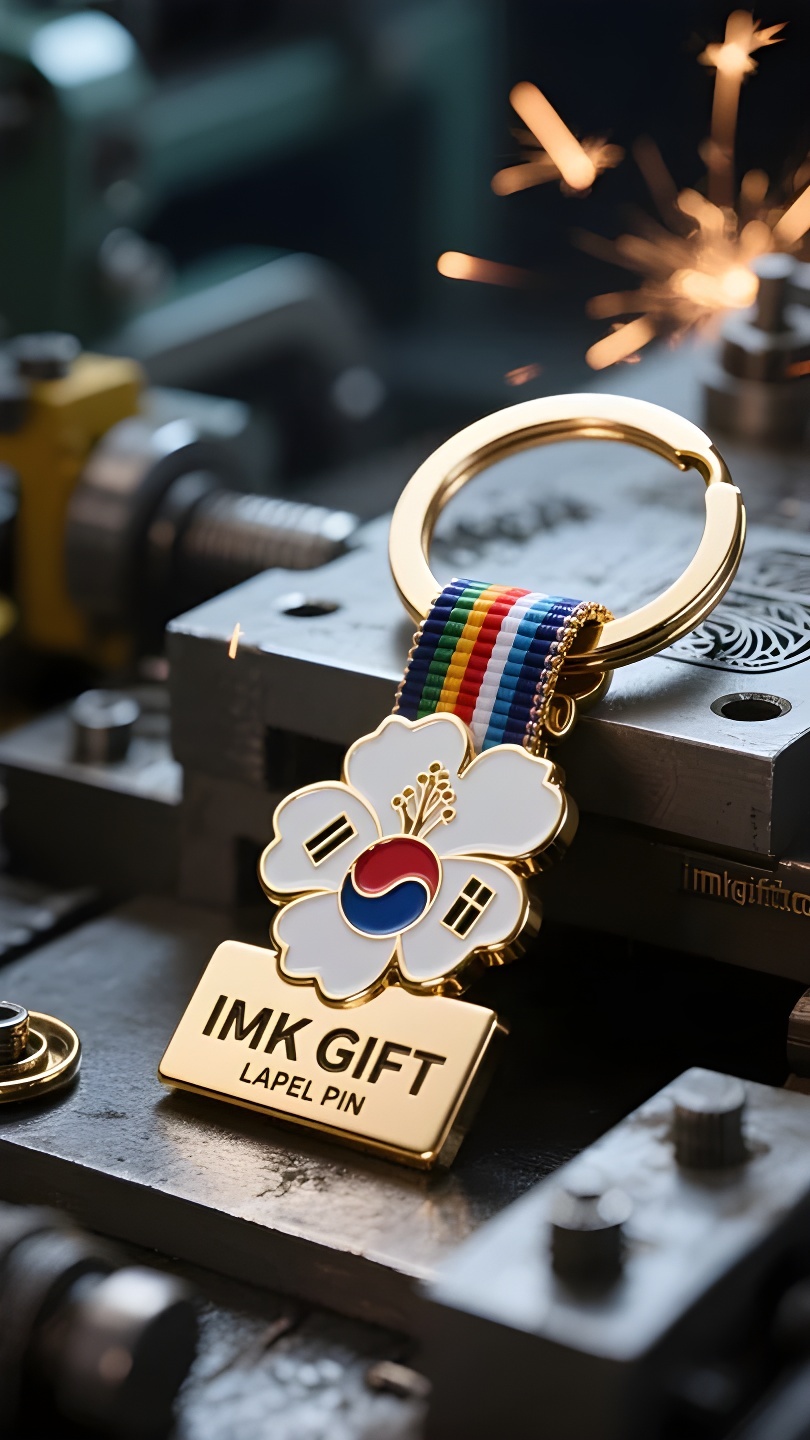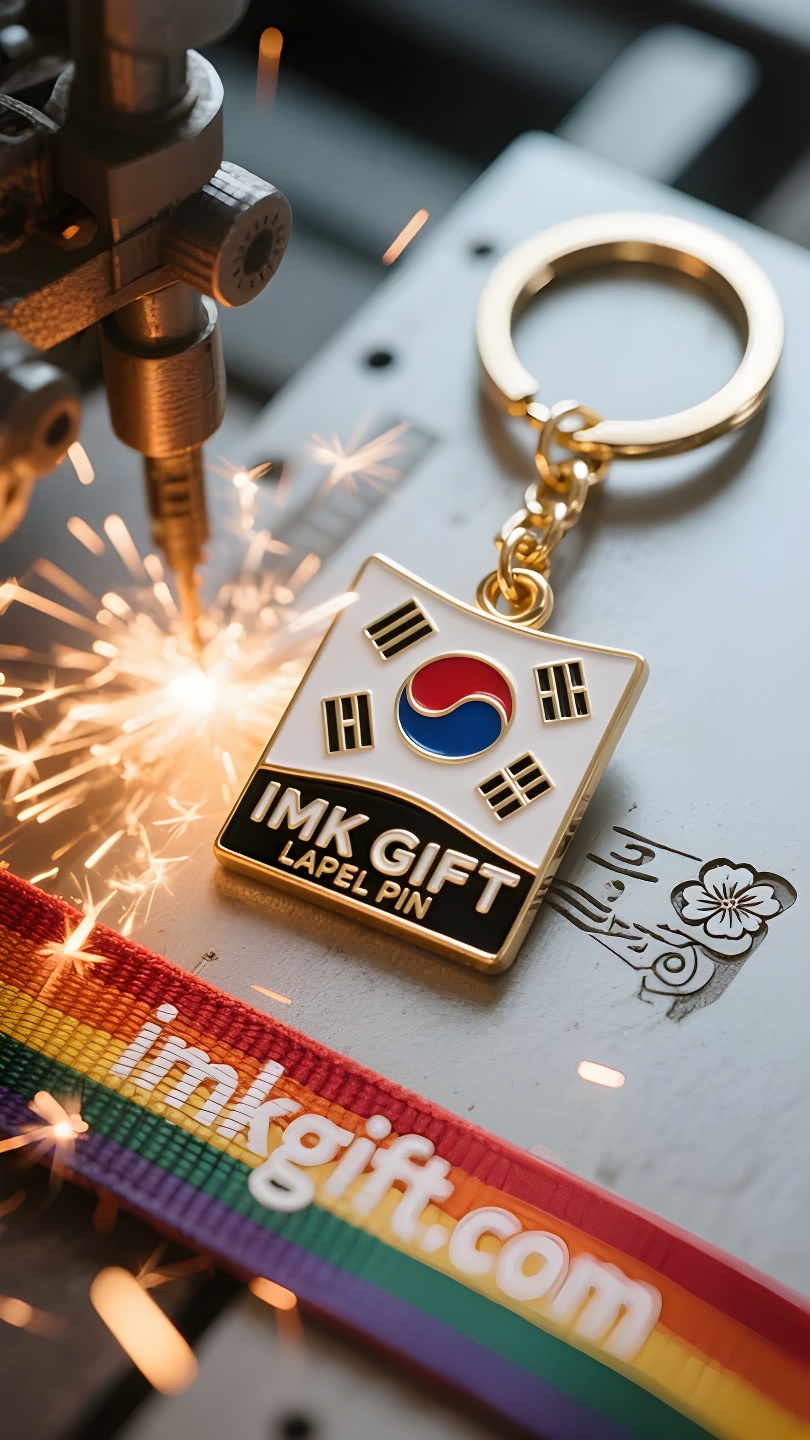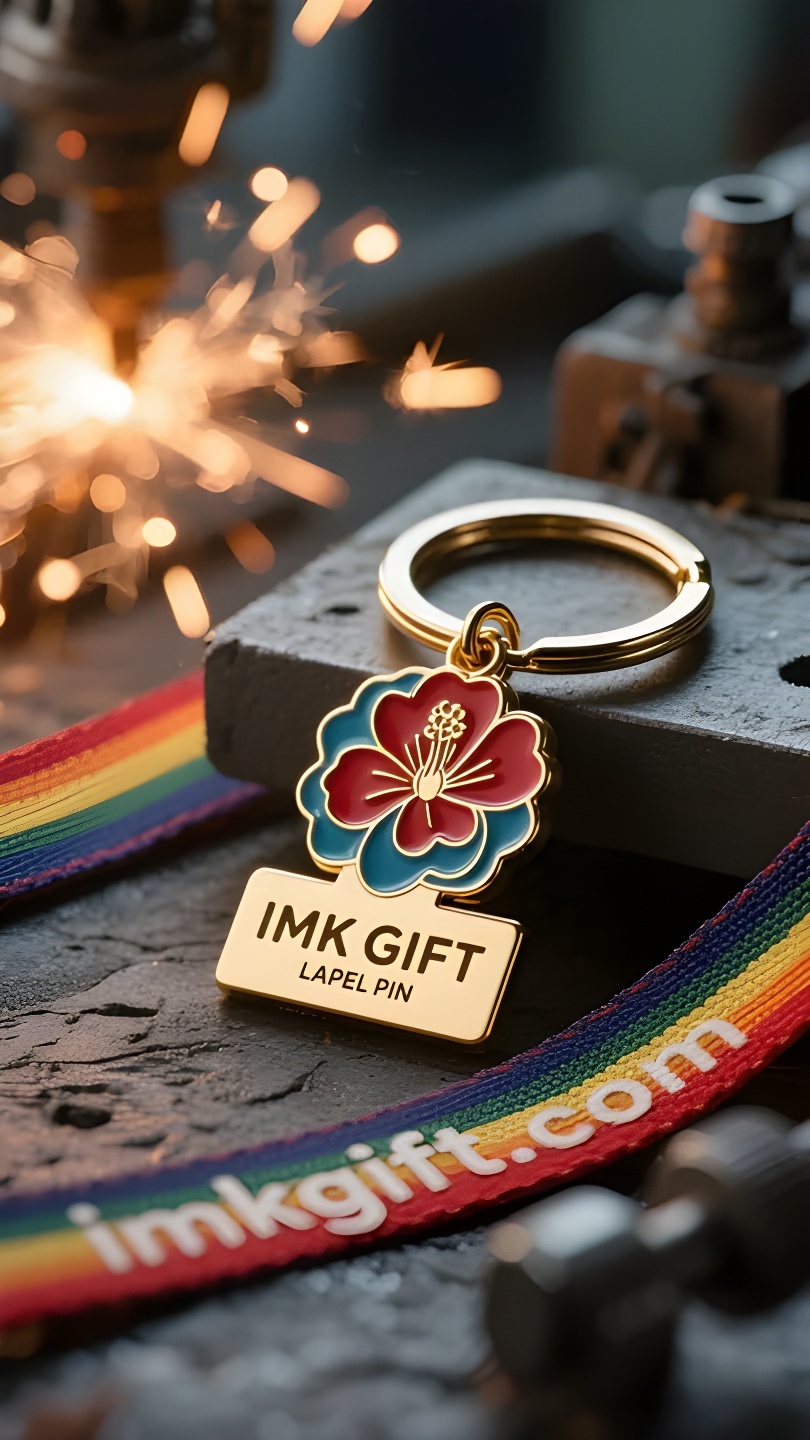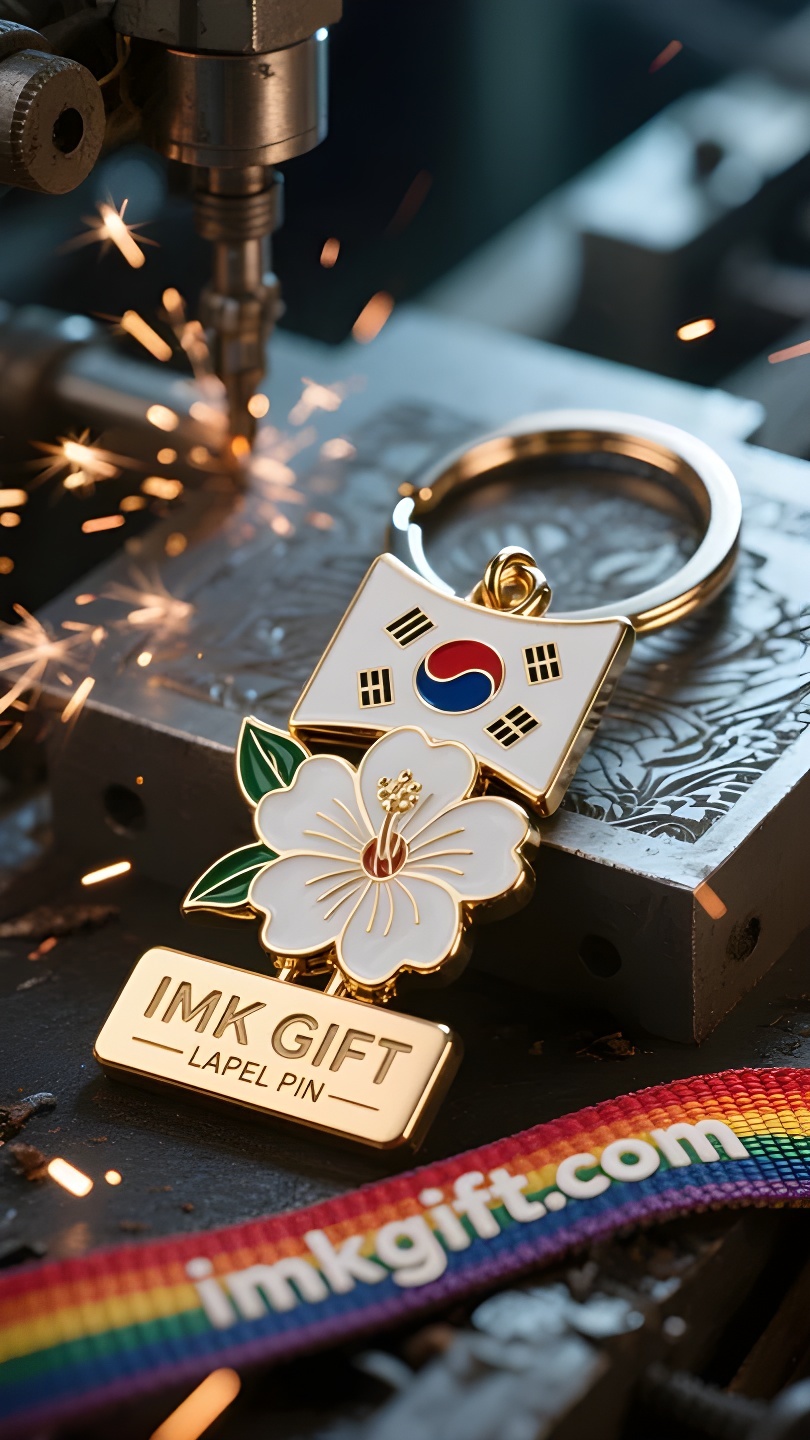in987-무궁화꽃이-피는-곳-산과-강이-있는-곳
▼
8월의 서울 거리에는 국기 아래 목화꽃이 화려하게 피어 있습니다. 식민지 지배에서 다시 태어난 이 도시는 해방의 날 전날, 항상 국기의 태극권 문양과 목화꽃을 사용하여 시간을 관통하는 영적인 코드를 엮어냅니다. 대한민국 국기의 중앙에 있는 태극권은 음과 양의 상호 생성에 대한 영원한 지혜를 나타냅니다. 네 모서리에 있는 건(乾), 곤(坤), 간(閑), 리(里)의 육십사괘는 국가가 하늘과 땅의 바른 길을 고수한다는 것을 상징합니다. 이를 감싸고 있는 히비스커스 꽃 열쇠고리는 천 년 된 철학을 일상에서 쉽게 접할 수 있는 토템으로 바꾸는 것과 같습니다. 다섯 개의 꽃잎으로 이루어진 목화는 “무한한 꽃”이라는 심오한 의미를 은유적으로 표현한 것입니다. 아침에 한 송이 꽃이 피고 저녁에 시들어도, 나무 전체의 꽃은 차례로 피어납니다. 마치 역사의 흐름 속에서 대대로 이어온 한국 민족의 영원한 생명력과 같습니다. 현대 직장인들은 서류 가방에 히비스커스 열쇠고리를 달고 다닙니다. 그들의 손끝이 꽃잎에 닿는 순간, 명량해전에서 이순신 장군의 외로운 용기가 떠오른다. 국제 학생들은 마치 3·1운동 당시 태극권을 든 소녀를 본 듯한 모습으로 태극권 문양이 새겨진 금속 조각을 쓰다듬는다. 이 작은 물체에는 역경에 맞선 개인의 회복력뿐만 아니라, “꽃은 져도 다시 핀다”는 국가 전체의 생존 철학이 담겨 있습니다. 아침 햇살에 히비스커스 열쇠고리가 태극권의 후광을 반사할 때, 모든 한국인은 그들의 피 속에 있는 고대의 울림을 들을 수 있습니다. 진짜 산과 강은 국경에 있는 것이 아니라, 대대로 전해져 내려오는 영적인 지도에 있습니다.
On the streets of Seoul in August, hibiscus flowers are blooming brilliantly under the national flag. This city, which was reborn from the colonial heel, always uses the Tai Chi pattern and hibiscus flower of the national flag to weave spiritual codes that penetrate time on the eve of Liberation Day. The Tai Chi in the center of the South Korean flag represents the eternal wisdom of the mutual generation of Yin and Yang; the Qian, Kun, Kan and Li hexagrams at the four corners embody the nation’s adherence to the righteous path of heaven and earth. The hibiscus flower keychain wrapped around it is like turning this thousand-year-old philosophy into an everyday totem that is within reach. Each five-petal hibiscus is a metaphor for the profound meaning of “infinite flowers” – even if a single flower blooms in the morning and withers in the evening, the flowers on the whole tree bloom one after another, just like the eternal vitality of the Korean nation from generation to generation in the tide of history. Modern professionals pin hibiscus keychains on their briefcases. The moment their fingertips touch the petals, they recall the lonely bravery of Admiral Yi Sun-sin in the Battle of Myeongnyang. International students stroke the metal pieces with Tai Chi patterns, as if they see the girl holding the Tai Chi flag during the March 1st Movement. This tiny object carries not only an individual’s resilience in the face of adversity, but also the entire nation’s philosophy of survival that “even if the flowers fall, they will bloom again.” When the hibiscus keychain reflects the halo of Tai Chi in the morning light, every Korean can hear the ancient echo in their blood: the real mountains and rivers are not in the borders, but in the spiritual map passed down from generation to generation.
八月的首尔街头,木槿花正以灼灼之姿绽放在国旗下。这座从殖民铁蹄下涅槃重生的城市,总在光复节前夕用国旗的太极纹样与木槿花,编织着穿透时光的精神密码。
韩国国旗中央的太极,是阴阳相生的永恒智慧;四角的乾、坤、坎、离卦象,则凝结着民族对天地正道的坚守。而缠绕其间的木槿花钥匙扣,恰如将这千年哲思化为触手可及的日常图腾。每朵五瓣木槿都隐喻着”无穷花”的深意——纵使单朵朝开暮落,但满树繁花次第绽放,恰似代代韩民族在历史浪潮中永续的生命力。
现代职场人将木槿花钥匙扣别在公文包上,指尖触及花瓣的瞬间,便重获李舜臣将军鸣梁海战时的孤勇;留学生摩挲着太极纹金属片,恍若看见三一运动时高举太极旗的少女。这方寸之物承载的,既是个人面对困境时的坚韧,更是整个民族”花落犹有再开时”的生存哲学。
当木槿花钥匙扣在晨曦中折射出太极的光晕,每个韩国人都能听见血脉里的古老回响:真正的山河不在疆域,而在代代传承的精神图谱里生生不息。
▼
Contact Us
📞 Tel: +0086-760-85286839
📧 Email: sales3@imkgift.com








